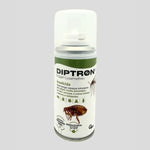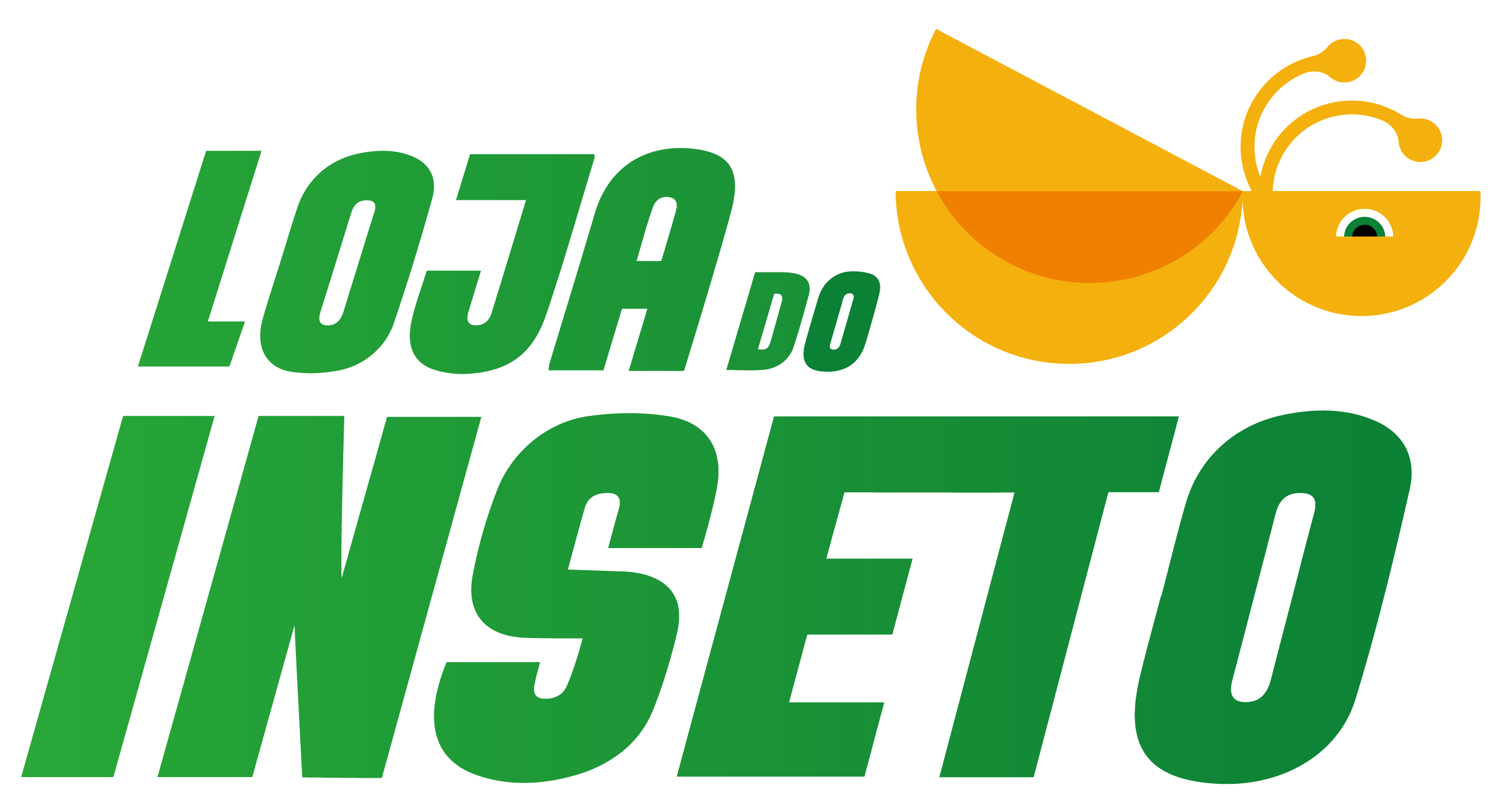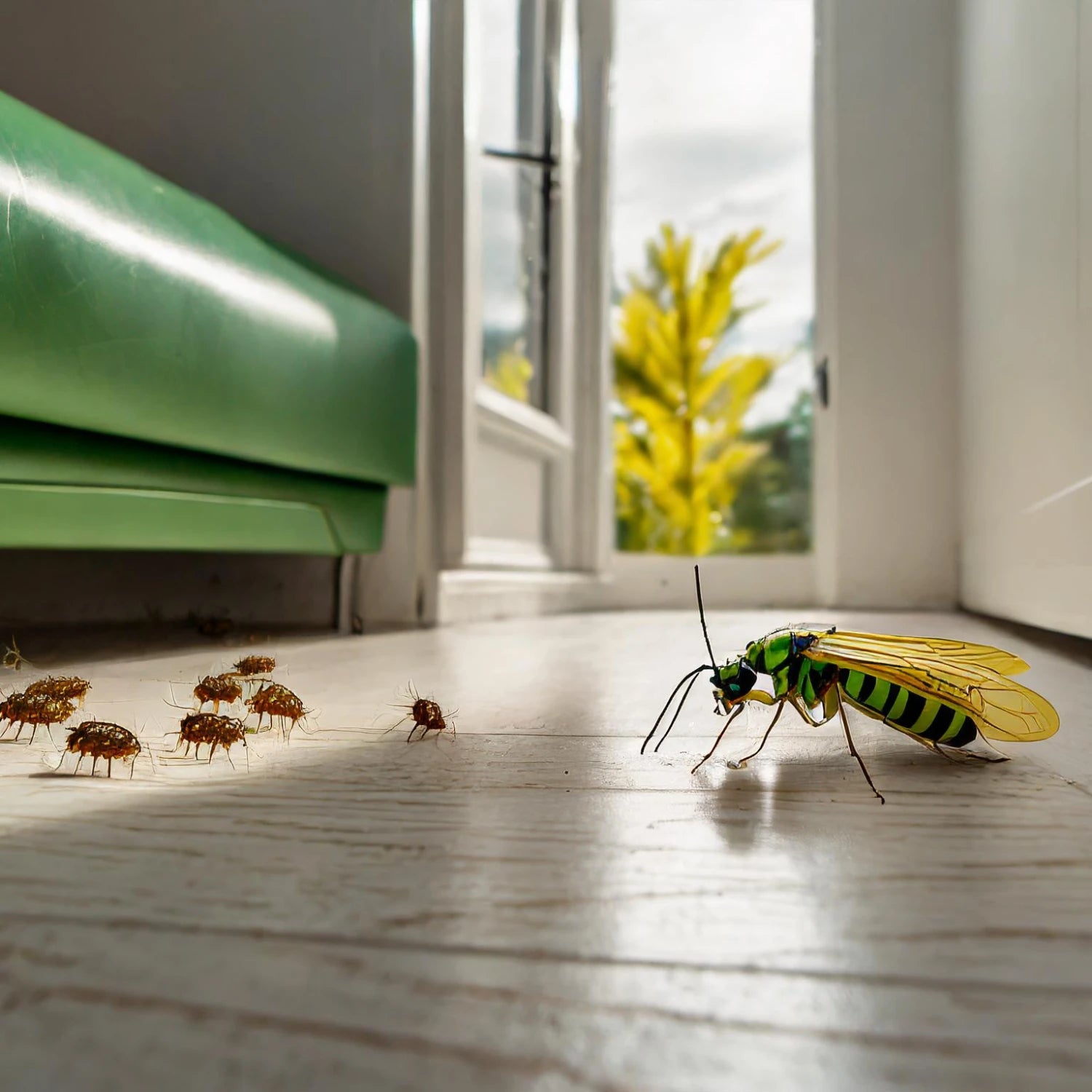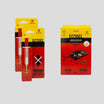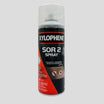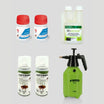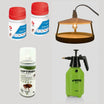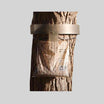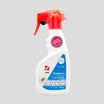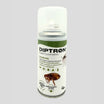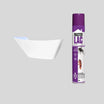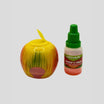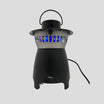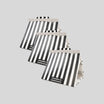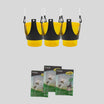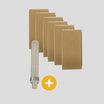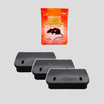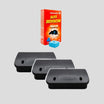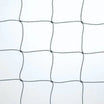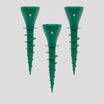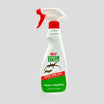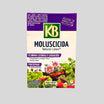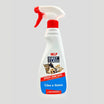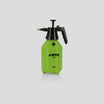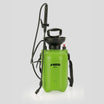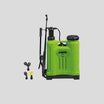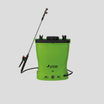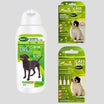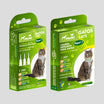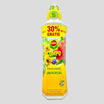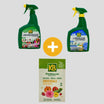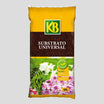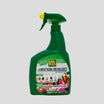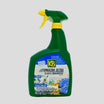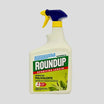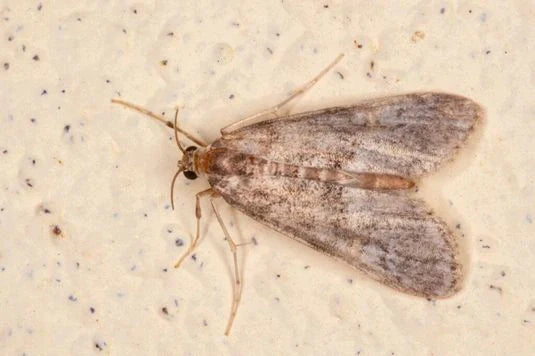“Moth” is a generic term for two types of insects that we find around the house. Book moths are part of the order Zygentoma (formerly a subclass of Thysanura ) and clothes moths are part of the order Lepidoptera . Although both have characteristics in common, such as a preference for damp, dark places, there are some differences between the two species of moth.
What is the difference between a moth and a butterfly?
Both butterflies and moths have three pairs of legs and a body divided into three parts: head, thorax and abdomen. They have a skeleton made of chitin that surrounds and protects the body on the outside and they differ from other insects in the way their skeleton covers the wings. In clothes moths and butterflies, the surface of the wings is covered with scales.
When we look at biology, there are numerous differences between butterflies and moths. However, there are some tips to tell them apart. Butterflies are diurnal and their antennae are short with a rounded tip. Moths, in general, are larger, have longer antennae, and are nocturnal. But that's not all. Moths' wings are horizontal in relation to their bodies, while butterflies' wings are vertical.
What species of moth are there?
👚 Clothes moth
This little bug belongs to the same class as butterflies: Lepidoptera. This moth is about 6 mm long, has thick antennae, wings and scales all over its body. The clothes moth's main food source is keratin, found in most animal-based fabrics, such as wool, leather and cotton. Clothes moths can also feed on human hair, feathers and dust accumulated in the environment. This moth lives in furniture or cracks in walls, and is likely to be found inside wardrobes. We recommend pheromone traps to eliminate clothes moths in wardrobes.
📖 Bookworm
Bookworms have no wings. They are gray, long and flat, with antennae on the tips, which is why they are known as “silverworms”. Silverworms feed on starch and cellulose, a substance found in wallpaper glue, starched clothing and curtain and bedsheet fabrics. This moth pest will even eat entire books, taking advantage of the paper, ink pigment and binding glue. The perfect habitat? Libraries, museums and offices.
🥣 Cereal moths
Some species of the Lepidoptera class reproduce in cereals such as corn, rice and wheat. These environments provide ideal conditions for these moths, both in terms of temperature and humidity, as well as the availability of food. We recommend glue traps to eliminate moths in the pantry from the kitchen.
Where do moths come from?
Moths enter homes mainly through open windows and doors, especially at night, as they are attracted to lights. They often move around by clinging to items of clothing. Indoors, clothes moths choose darker, quieter areas where they can find clothes and other textiles. Moths hide under beds, inside cupboards, near bird nests (on roofs and in houses, for example) and, in the case of silverfish, in any damp area of the house.
Does moth infestation pose health risks?
Moths are not harmful to health, but they can cause material damage, especially clothes moths and book moths. There is no record of disease transmission by this insect, which can be considered one of the most harmless urban pests .
What damage do moths cause?
Clothes moth larvae cause irregularly shaped holes and punctures in clothing, especially in animal materials such as feathers, wool and leather. This damage can continue for many weeks after the caterpillars hatch. Sometimes we think that a clothes moth is nothing to worry about, but if you notice any type of damage to your clothing, you may be dealing with a clothes moth infestation. Find out the best way to prevent and eliminate clothes moths here.
Recomended Products
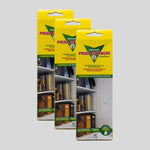
Pantry Moth Pack
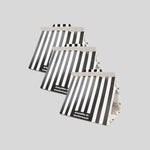
Clothes Mothproof Pack
